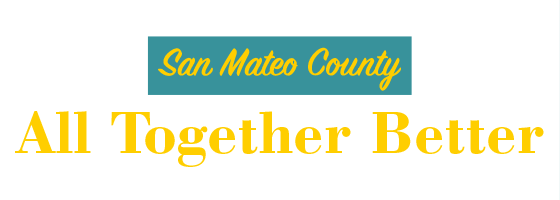Promising Practices
The Promising Practices database informs professionals and community members about documented approaches to improving community health and quality of life.
The ultimate goal is to support the systematic adoption, implementation, and evaluation of successful programs, practices, and policy changes. The database provides carefully reviewed, documented, and ranked practices that range from good ideas to evidence-based practices.
Learn more about the ranking methodology.
Filed under Effective Practice, Education / Student Performance K-12, Teens
Goal: Two of the goals for the Maryland's Tomorrow program are for all seniors to pass Maryland's state tests and graduate, and for all participating students to improve their grade point averages.
Filed under Good Idea, Community / Transportation, Children, Women, Men, Families, Urban
Goal: The goal of the trail is to provide a safe route for residents to travel to work, school, businesses and recreational areas.
Filed under Good Idea, Health / Immunizations & Infectious Diseases
Goal: The goal of this program is to help local public health organizations to prepare for public health emergencies.
Filed under Effective Practice, Health / Alcohol & Drug Use, Teens, Adults, Racial/Ethnic Minorities
Goal: The goal of the Massachusetts Tobacco Cessation & Prevention Program is to improve public health in the Commonwealth by reducing death and disability from tobacco use.
Filed under Effective Practice, Community / Social Environment
Goal: The goal of this program is to promote positive family relationships, help incarcerated fathers learn skills to be active and involved fathers, encourage incarcerated fathers to
provide financial support for their children, facilitate programs for offender families through community partnerships, and provide constructive opportunities for children to participate in special activities with their incarcerated father.
Filed under Good Idea, Education
Goal: McREL is a nonprofit, nonpartisan education research, development, and service organization that helps schools, districts, and education agencies improve outcomes for all students. We help school and system clients in all kinds of communities analyze their performance, identify the root causes of challenges, build their staff capacities, and find the under-used bright spots they can scale up to make an even bigger difference for every student.
Filed under Effective Practice, Health / Physical Activity, Children, Teens
Goal: Media-Smart Youth aims to stimulate youth to think about physical activity and nutrition by developing an awareness of the link between media and health.
Medical Legal Partnerships: Embedding Civil Legal Aid Services in Care for High-Utilizing Patients (Lancaster, PA)
Filed under Effective Practice, Community / Governance, Children, Teens, Adults, Families, Urban
Goal: The goal of the pilot was to assess the impact on health care use of addressing patients’ civil legal problems – the social, financial, or environmental problems that require assistance from lawyers to remedy. The lawyer was embedded in the health care team and present during case management discussions to identify specific civil legal problems and to help the team better understand how to address them. Additionally, this partnership provided civil legal aid services to patients when needed in a community health care system.
Impact: This pilot shows a medical-legal partnership for the super-utilizers of healthcare can lead to efficiencies within the health care system, reduce costs, and improve health outcomes among the most vulnerable patients.
Filed under Effective Practice, Community / Transportation, Urban
Goal: The goal of this project was to support community revitalization, retain the integrity of an historic district, and provide transportation links to private land development projects.
Impact: Among other improvements, the 4-year graduation rate for Menominee Indian High School increased from less than 60% in 2008 to 92% for the 2015-16 school year.

